Enameled washing: features, disadvantages and advantages
Enameled sinks for the kitchen are made and used for a long time, but, despite some loss of popularity, remain quite in demand until now. Products have a number of advantages and disadvantages that we want to consider in the framework of the article.
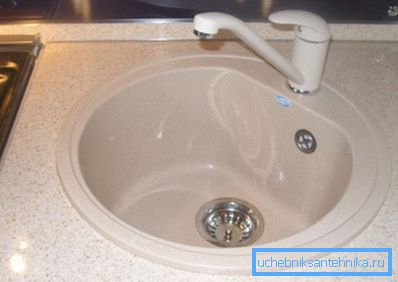
Enameled Kitchen Sinks
Design and features

A metal sink for the kitchen is a fairly simple structure: a steel or cast-iron (sometimes ceramic) bowl has the shape of a rectangular, round or complex sink, the back side has an opening for mounting the mixer. On the back wall there is a hole for overflow, and at the bottom - for draining water into the sewer system.
As is known, steel and cast iron, when in contact with water, begin to corrode and quickly become unusable. To avoid this, the product is enameled. It can be oil, alkyd or polymer enamel.
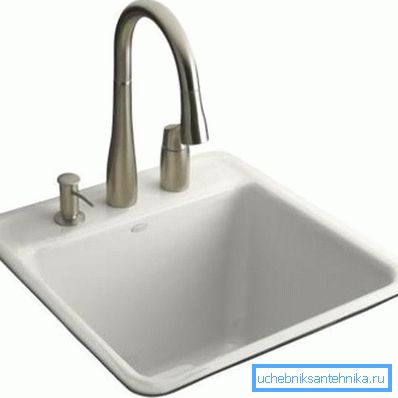
As a rule, the bowl is made of relatively thick steel or cast iron sheet using electric welding. This allows you to make devices of acceptable depth and strength. The enamel coating is applied not only from the front side, but also from the bottom, since moisture can get into any part of the structure.
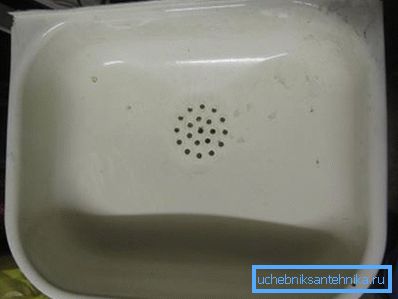
Appliances made of metal are the best suited for kitchens, since their operating conditions require high strength and reliability. Judge for yourself: the sink will be used to wash dishes from ceramics and metal, and these are very durable materials. Any fall or other contact may cause cracks and chips on faience products, and a steel sink is free from this drawback.
In addition, the metal allows you to produce almost any shape and size of products. You can find round, oval, square, corner, rectangular bowls and sinks of arbitrary complex configuration.
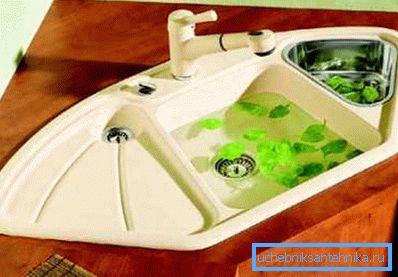
The design may include one, two or three bowls with additional compartments and parts, which significantly increase the functionality and usability of the sink.
Steel enameled sinks in accordance with GOST 23695-94 are made of two main types: with fastening on the table top of the kitchen bollard or with wall fastening. For mounting on the wall is used bracket for enameled sink.
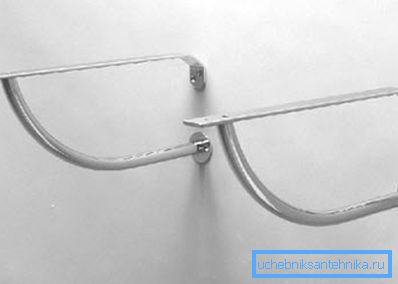
Note! The metal sink is especially well adapted to kitchen conditions, as it can withstand considerable shock loads.
Benefits
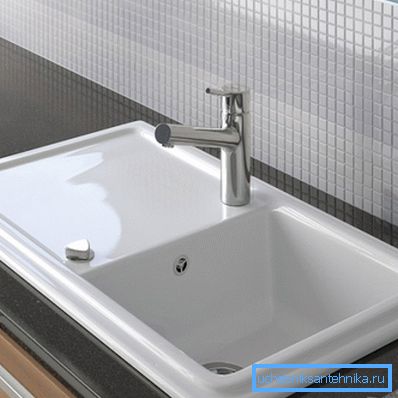
Despite the technical progress that gave us a lot of advanced materials and technologies, enameled steel washers are still relevant and in demand. This is due to a solid set of advantages that are characteristic of this class of sanitary appliances.
We list the main ones:
- The thick-walled steel bowl is very durable and can withstand almost any kind of stress., possible in terms of cooking or washing dishes;
- Metal allows you to produce structures of virtually any shape and size.. Competent industrial design and design ideas of manufacturers have filled the market with real multifunctional kitchen centers that make kitchen work easier and more enjoyable;
- The possibility of using various enamels and decals allows you to create models of various colors, to cover them with drawings and patterns, complement interesting interior solutions in the kitchen;
- One of the main advantages is the low price of products.. If we compare the cost of a faience, stone or acrylic sink with the cost of an enamel, there will be no doubt about that;
- Easy installation and fixing the sink with your own hands. The installation manual is designed for the most ordinary average buyer who does not have the skills of a plumber or a builder;
- Simple care of the device. It is enough just to wipe the bowl with a rag - and it is like new.
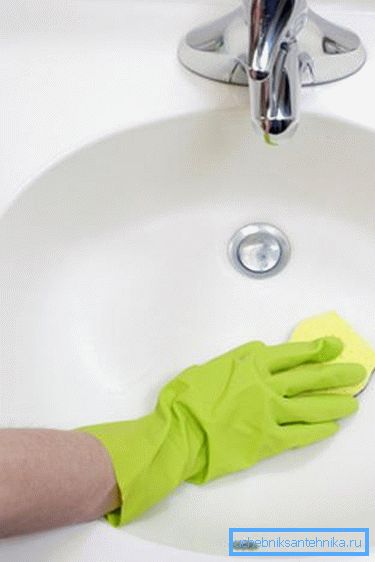
Note! With a low price, enameled products provide all the necessary features and functions for the kitchen. At the same time they look great and quite reliable.
disadvantages

Steel structures with paint coatings have many disadvantages. They are caused by purely technical reasons, therefore, as a rule, they cannot be eliminated.
We list the most significant disadvantages of this class of devices:
- The main and ineradicable disadvantage is the use of a corrosive material - steel and cast iron. Unlike modern alloys and polymer compositions, iron derivatives cannot withstand even occasional contact with water and oxygen;
- Enamel, even the highest quality, wears out faster than metal. It gradually wears off and becomes thinner, and with it the life of the product becomes thinner;
- The fall of the dishes, as well as its friction on the cup, leads to chipping and cracks in the enamel. As a result, water begins to fall under the coating and destroy the metal.
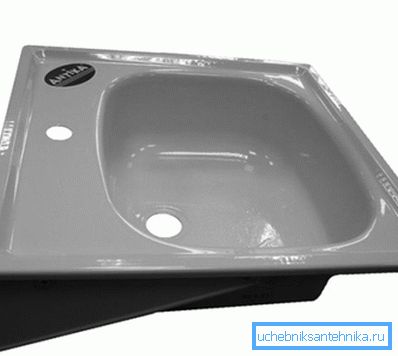
Note! The presence of such significant deficiencies is partly compensated by the low price, so you can replace the product in case of premature deterioration.
Conclusion
Sinks for the kitchen of steel and cast iron, covered with enamel - quite acceptable for the operation class of sanitary appliances. They are durable and cheap, as well as a wide range of functions and a variety of forms. The video in this article will help you install the product correctly.